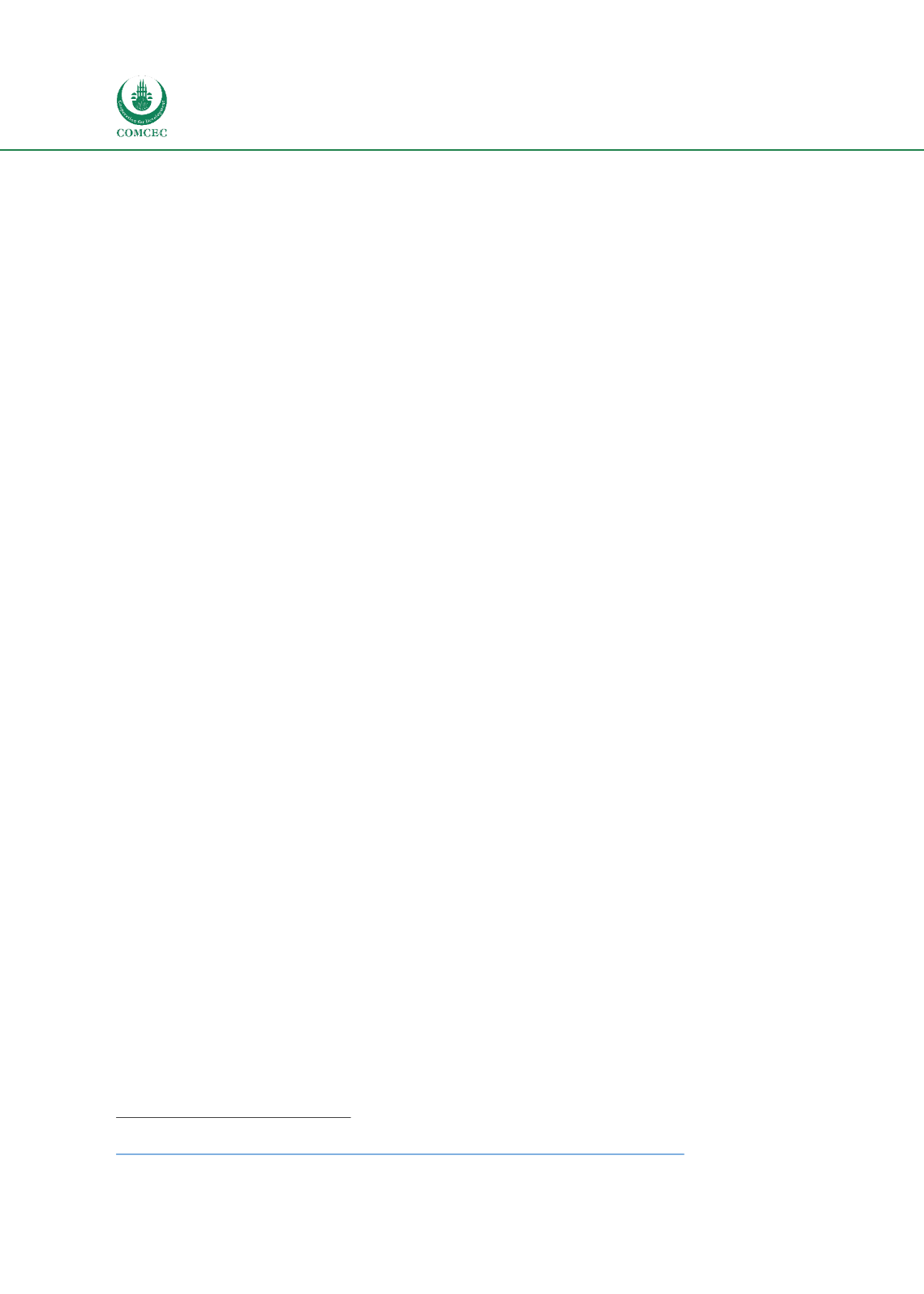

Improving Agricultural Market Performance
:
Creation and Development of Market Institutions
46
had abolished CAISTAB and liberalized cocoa and coffee markets, Government created the
Conseil du Café-Cacao (CCC) and endowed it with sweeping authority over the entire cocoa
and coffee market systems, which in many instances exceed those previously exercised by
CAISTAB. Its powers include:
The ability to act not only as regulator of cocoa and coffee markets but also as a
participant. Article 2 of the December 28, 2011 Act state that authorized coffee
buyers, in addition to sector associations, individual traders, and companies engaged
in trade, include the CCC itself. Yet all other buyers and exporters must have a trading
permit, which can be granted only by the CCC;
To fix prices paid to farmers; and
To set export prices.
Although the 1999 market liberalization was only partly successful, its abolition has also
created problems in the market.
94
In March 2017, the CCC lowered the guaranteed minimum price for raw cocoa beans by more
than 60%, from 1,100 FCFA (approximately US$1.85 per kg.) to 700 FCFA (approximately
US$0.34 per kg.), the first significant fall since the 2012 reforms. This resulted in loss of some
300 billion FCFA (about US$500 million) in Government revenues from the cocoa sector. These
losses included 43.4 billion FCFA (about US$72.2 million) in export taxes, which Government
had reduced in order to support the sector.
The purpose of the 2012 reforms was precisely to avoid this kind of shock, which reminded
observers of the failure of CAISTAB to support prices during the 1990s. The creation of the CCC
after a decade of turbulence in the cocoa sector introduced what was intended to be a more
stable and transparent system of advance cocoa purchases during an entire year leading up to
the harvest, covering some 80% of total production. Knowing in advance how much money
they would receive for their crop provided security to some 800,000 growers, enabling them
to invest with confidence. What caused the system to fail in such spectacular fashion?
The 20% of cocoa production reserved for sale on the spot market directly by CCC was
intended to provide a reserve to be used to stabilize producer prices. But the amount of this
reserve fund was never made public, and after the 2012/13 season the required annual audit
of the fund was never carried out.
More fundamentally, the system was flawed, in that it exposed exporters to price risk.
Exporters could sign fixed-price contracts with European and American buyers by paying a
2.5% performance guarantee to CCC, an amount that was lowered to 1% for SME exporters
and cooperatives.
These facilities, intended to open cocoa exportation – hitherto dominated by multinational
enterprises – to Ivoirian companies, in practice had the opposite effect. Ivoirian enterprises
were able to purchase 500,000 MT during the 2016/17 season, as compared to only 30,000 in
2015/16, but they were able to fulfill contracts for only 150,000 MT.
94
Douet, Y. & Mieu, B. (2017) “Côte d’Ivoire : le Conseil du café-cacao au cœur du chaos,”
Jeune Afrique,
, available at
http://www.jeuneafrique.com/mag/455359/economie/cote-divoire-conseil-cafe-cacao-coeur-chaos/[Accessed July 2017].


















